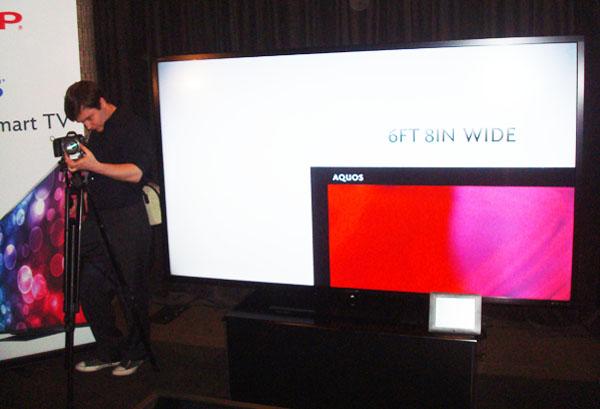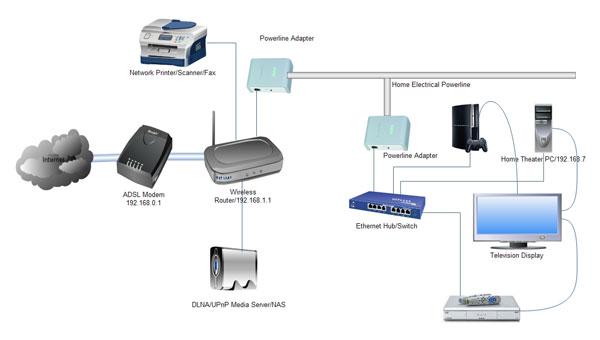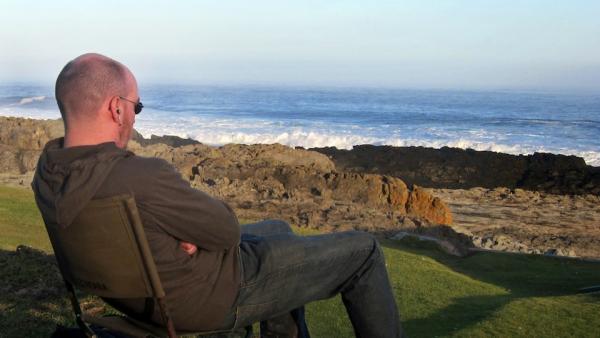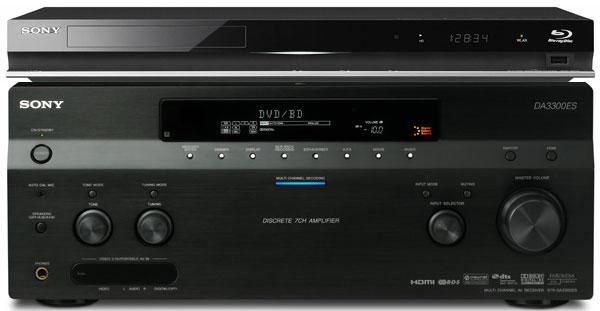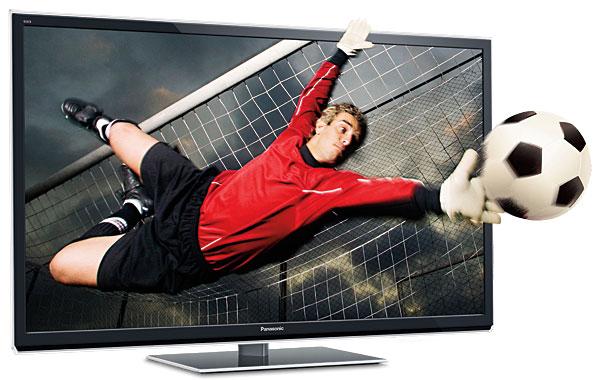LATEST ADDITIONS
|
Jun 15, 2012
This image is an autostereogram. To see the 3D effect, cross your eyes slightly or focus on a point behind the plane of the screen.
Last week, I asked how much you have invested in your home theater. Among the many interesting comments was one from willieconway, who proposed a related question: How much do you plan to invest over the next few years?
I realize that, in an uncertain economy, it's difficult to predict how much you might spend on your home theater. But assuming your circumstances remain as they are now, do you plan to upgrade your system in the next, say, two years? If so, how much do you think you might spend? Will you concentrate more on the video, audio, or environment?
Vote to see the results and leave a comment about your choice.
|
Jun 15, 2012

